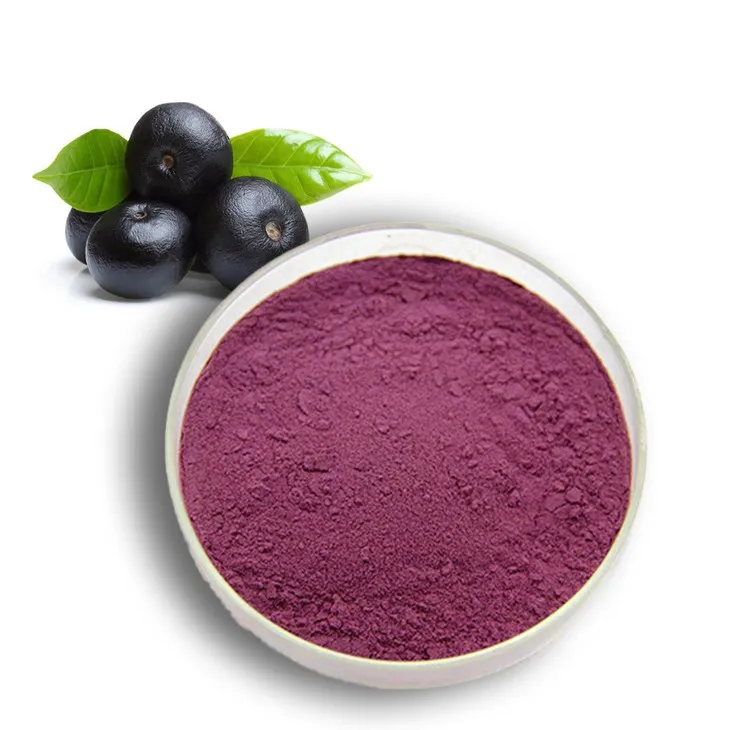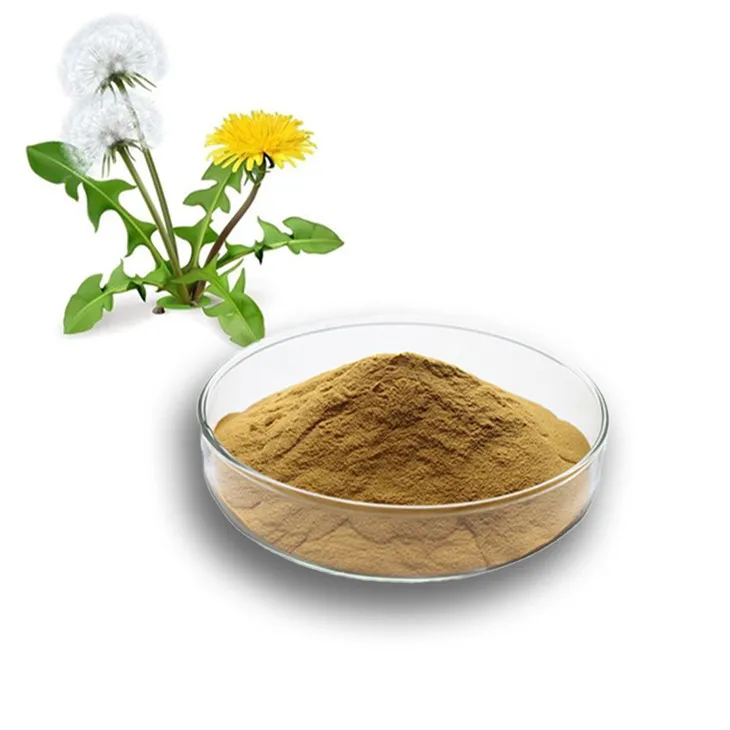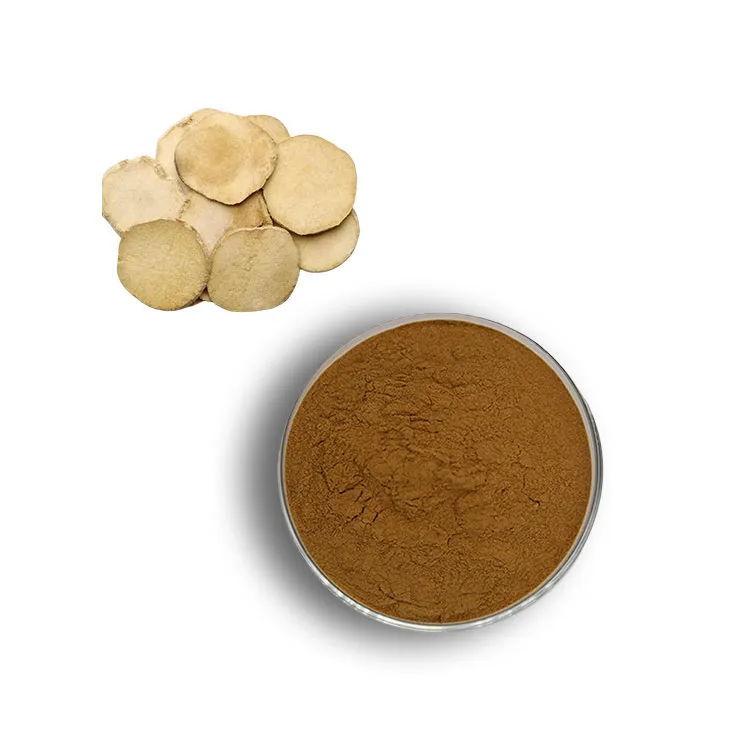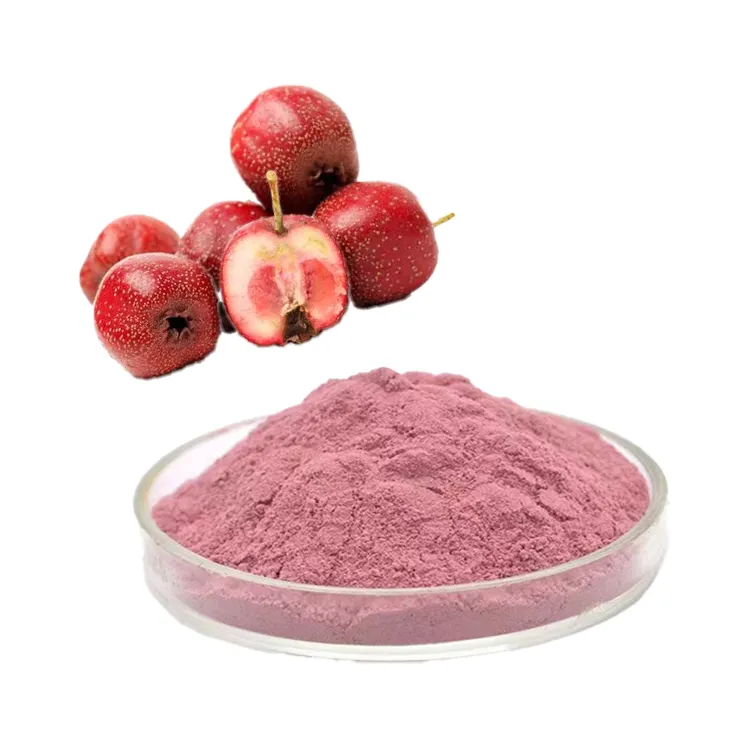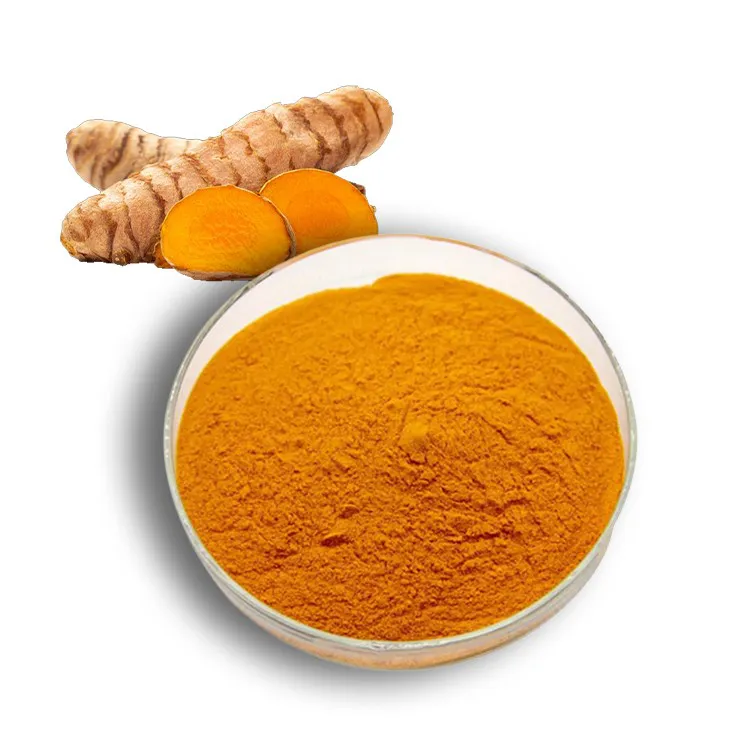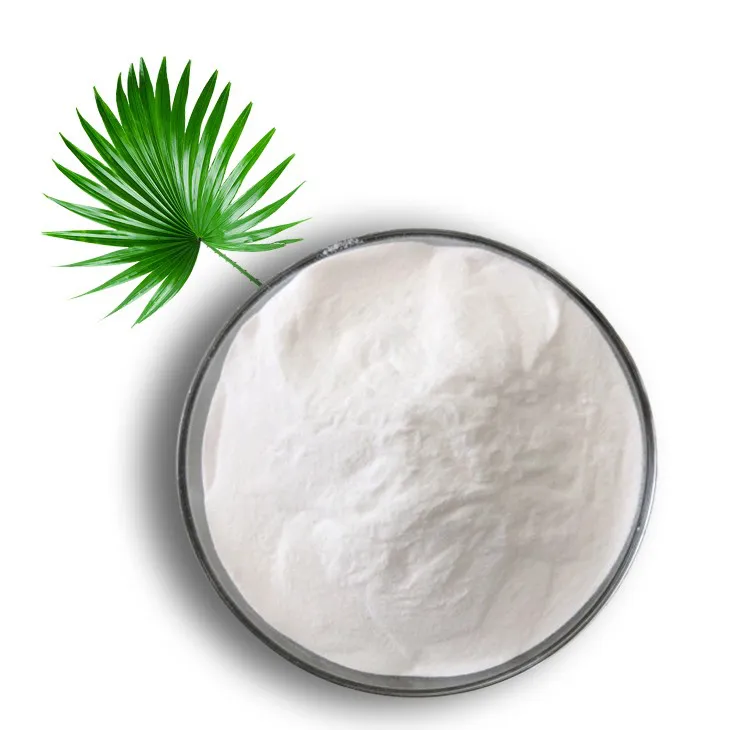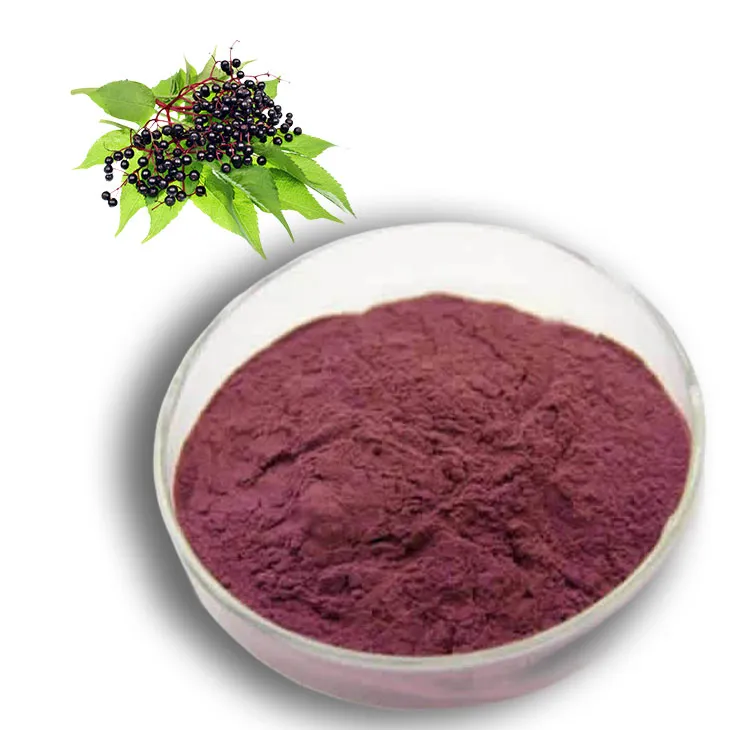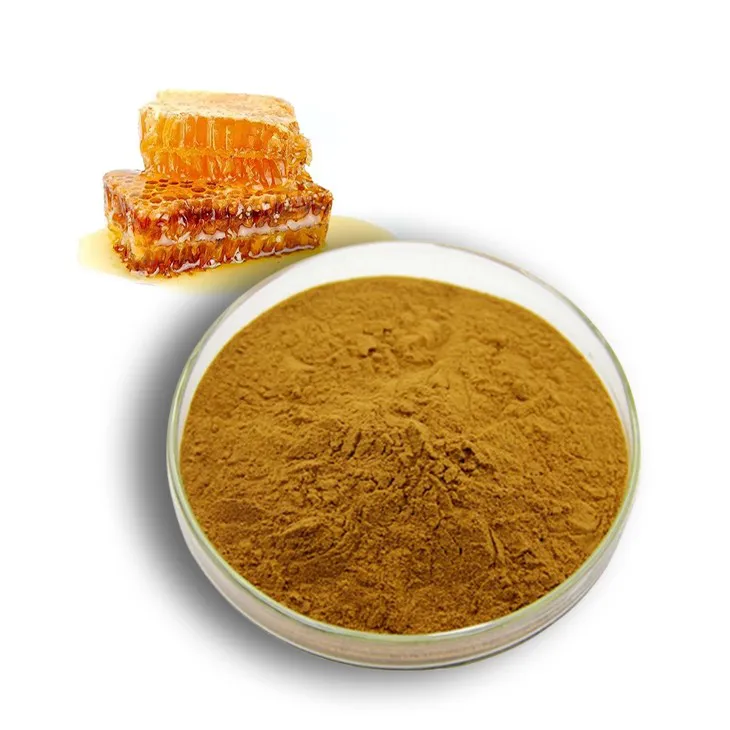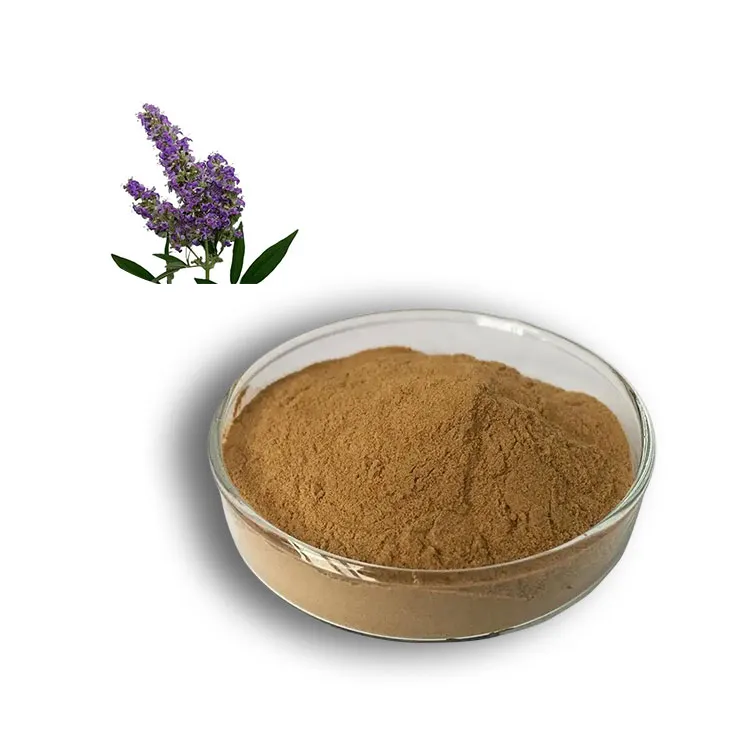- 0086-571-85302990
- sales@greenskybio.com
The Price of Artichokes: Understanding Their Cost on the Market
2025-05-08
Artichokes, with their robust flavor and unique form, are a gourmet delight that have captivated culinary enthusiasts worldwide. Yet, they come with a rather high price tag in comparison to other vegetables. While their exquisite taste is a prime factor, there are various elements—ranging from cultivation challenges to market dynamics—that contribute to the cost of artichokes. This article explores these intricate factors in depth and seeks to unravel why artichokes are so expensive.
Cultivation Complexity
Artichokes are relatively difficult to grow. Native to the Mediterranean region, these perennial vegetables thrive in specific climates that offer warm days, cool nights, and mild winters. They usually require a significant amount of water and well-draining soil to prevent root rot. Given these conditions, artichokes are predominantly grown in regions such as California, which produces nearly 100 percent of the U.S. crop. This limited geographical footprint inherently restricts supply, impacting market prices.
Furthermore, the artichoke plant requires considerable space for growth. Farmers face challenges in maximizing yield per acre, as well as managing long cultivation cycles. Artichokes are labor-intensive as well; harvesting them is not as straightforward as other vegetables. The process demands careful handling to ensure the buds retain their quality and shape—adding to labor costs that are eventually reflected in their market price.
Harvesting and Labor Costs
The harvesting of artichokes is a meticulous operation. Artichokes are hand-picked, a task which demands significant concentration and expertise. Harvesters must negotiate the plant's coarse leaves and spines, and only the suitable-sized buds are selected. They are monitored from growth to harvest to ensure they are picked at the optimum time, a vital factor that adds to the labor intensity of cultivating artichokes.
Labor costs around artichoke harvesting are substantial, as they require experienced workers who can accurately judge the readiness of the plant and handle it without damaging the produce. This specialized labor inevitably drives up the cost of production, which contributes to their final market price.
Seasonality and Demand
The artichoke harvest season typically occurs during spring and fall, enabling only limited windows for fresh supply. While off-season production is possible, maintaining quality remains a challenge due to factors like inappropriate weather or increased costs in temperature-controlled environments. Thus, artichokes can command a higher price when they are out of season, leveraging the demand for fresh produce.
Demand plays a pivotal role in cost structuring; artichokes are considered a gourmet vegetable, often used in high-end and specialized cuisine. As more consumers recognize their unique taste and culinary versatility—often served stuffed, grilled, or added to dips—the demand grows. This surging demand further inflates prices, especially when annual production remains comparatively stable and unaffected by technological advancements that drastically increase output.
Distribution and Handling
Once harvested, artichokes must be stored and transported in ways that preserve their freshness over long distances. This involves advanced storage techniques and expedited distribution channels, each a factor that adds cost. Logistics aimed at minimizing farm-to-table time are crucial, especially since artichokes, while hardy, are sensitive to prolonged exposure and mishandling.
Additionally, specialized packaging is a requirement to protect them during transit, an added expense that ensures they arrive in prime condition. These logistics make distribution a costly but necessary endeavor that influences overall pricing.
Economic and Infrastructural Inputs
The global economic environment can heavily impact artichoke prices. Factors like inflation, rising fuel costs, and climate change can introduce variability. For instance, unexpected weather patterns may impact yields, thereby reducing supply and increasing prices. Moreover, regions like California facing water shortages must invest more in irrigation to sustain agricultural operations, thus raising production costs.
Infrastructural input concerning agricultural lands also contributes to price escalation. Any investment to improve land quality, foster better drainage systems, or introduce pest control measures increases operational costs. These investments are often recouped through enhanced produce prices, artichokes included.
Conclusion
Understanding why artichokes are expensive requires looking beyond their flavor and culinary status. From cultivation complexity to specialized labor, from seasonality to advanced logistics, each element plays a crucial role in determining their price. As with all gourmet produce, the equilibrium between supply and demand, alongside infrastructural and economic impacts, shapes the financial landscape through which artichokes are appreciated.
Intricate, labor-intensive cultivation combined with limited geographical production further establishes artichokes as one of the more costly vegetables in the market. The allure of their taste, coupled with the challenges of bringing them from farm to fork in optimal condition, clearly illustrates the reason behind their premium price—a testament to the art and science of agriculture that, despite its cost, keeps us craving these extraordinary buds.
- ▶ Hesperidin
- ▶ Citrus Bioflavonoids
- ▶ Plant Extract
- ▶ lycopene
- ▶ Diosmin
- ▶ Grape seed extract
- ▶ Sea buckthorn Juice Powder
- ▶ Fruit Juice Powder
- ▶ Hops Extract
- ▶ Artichoke Extract
- ▶ Mushroom extract
- ▶ Astaxanthin
- ▶ Green Tea Extract
- ▶ Curcumin
- ▶ Horse Chestnut Extract
- ▶ Other Product
- ▶ Boswellia Serrata Extract
- ▶ Resveratrol
- ▶ Marigold Extract
- ▶ Grape Leaf Extract
- ▶ New Product
- ▶ Aminolevulinic acid
- ▶ Cranberry Extract
- ▶ Red Yeast Rice
- ▶ Red Wine Extract
-
Acai Berry Extract
2025-05-08
-
Dandelion Leaf Extract
2025-05-08
-
Alisma Extract
2025-05-08
-
Hawthorn powder
2025-05-08
-
Curcumin
2025-05-08
-
Saw Palmetto Extract
2025-05-08
-
Elderberry Extract
2025-05-08
-
Propolis Extract Powder
2025-05-08
-
Chasteberry Extract
2025-05-08
-
Polygonum multiflorum extract
2025-05-08











